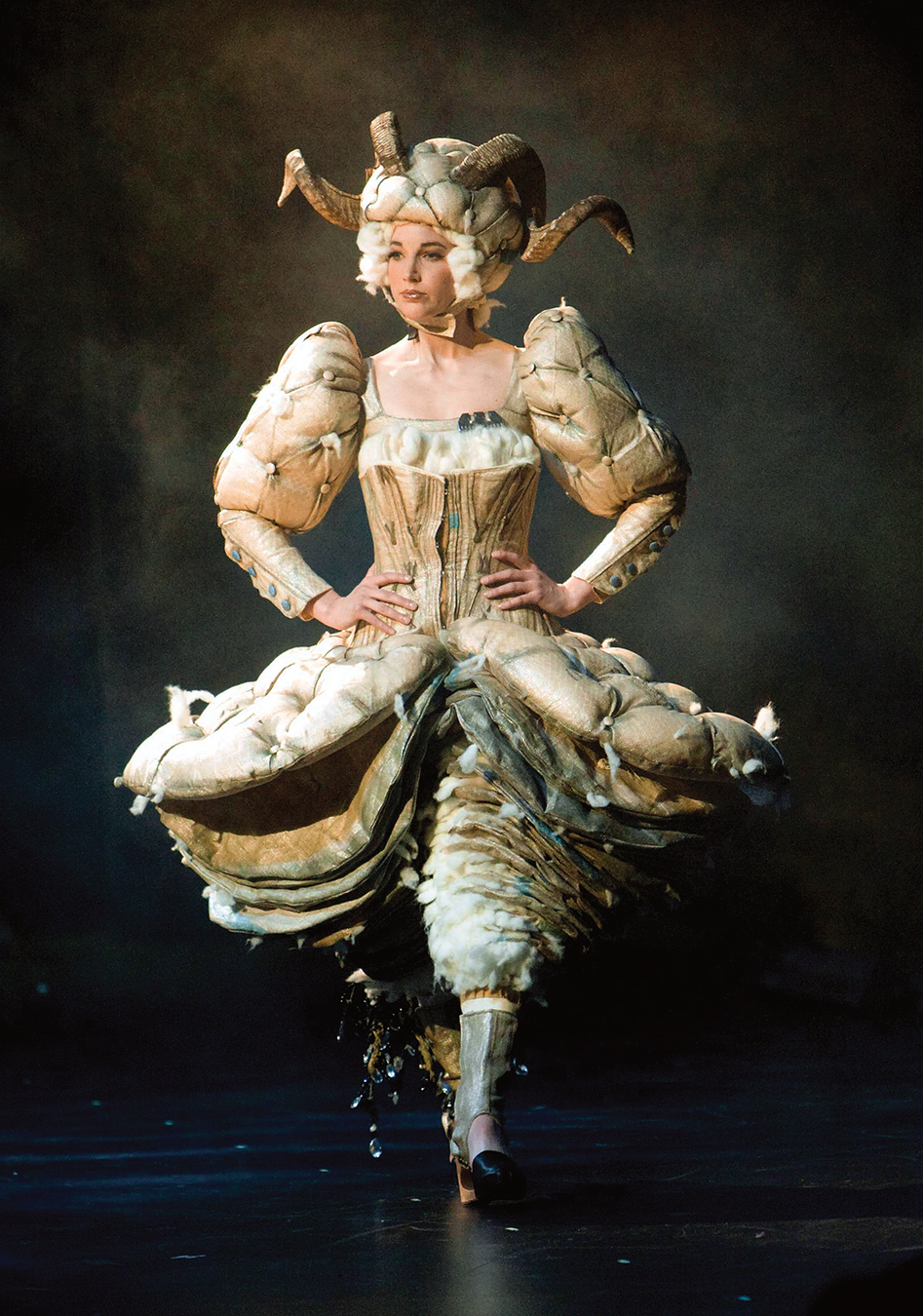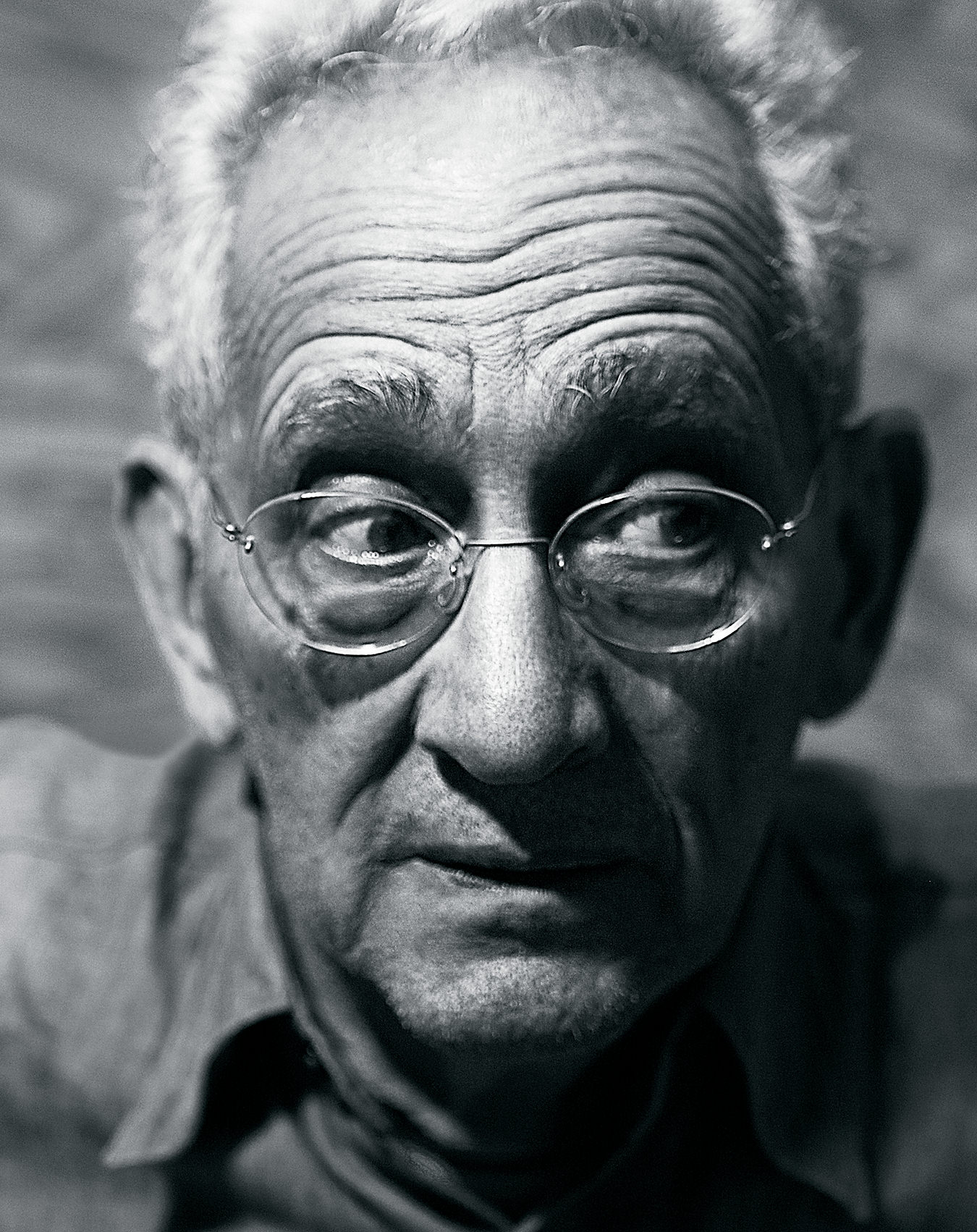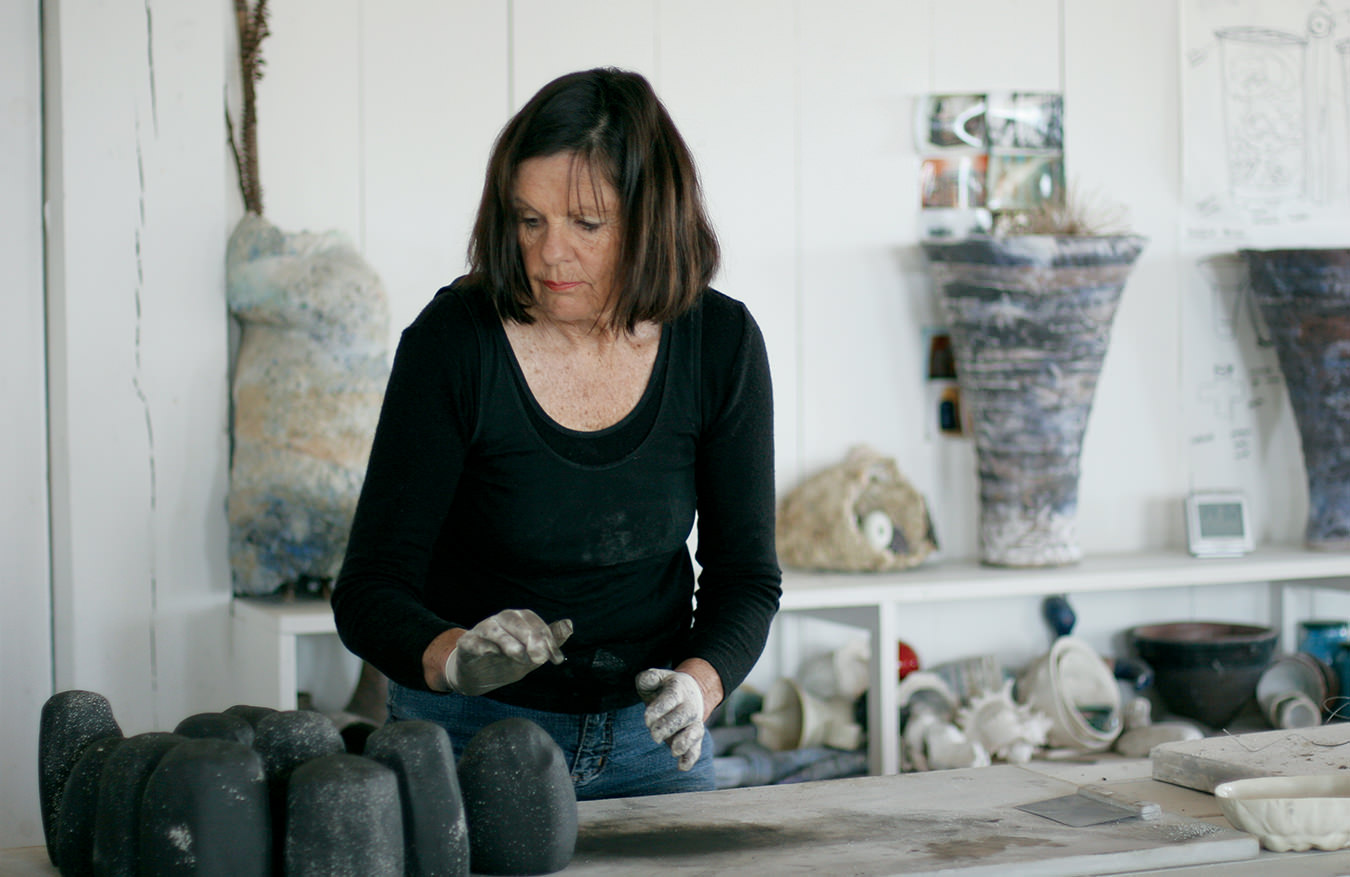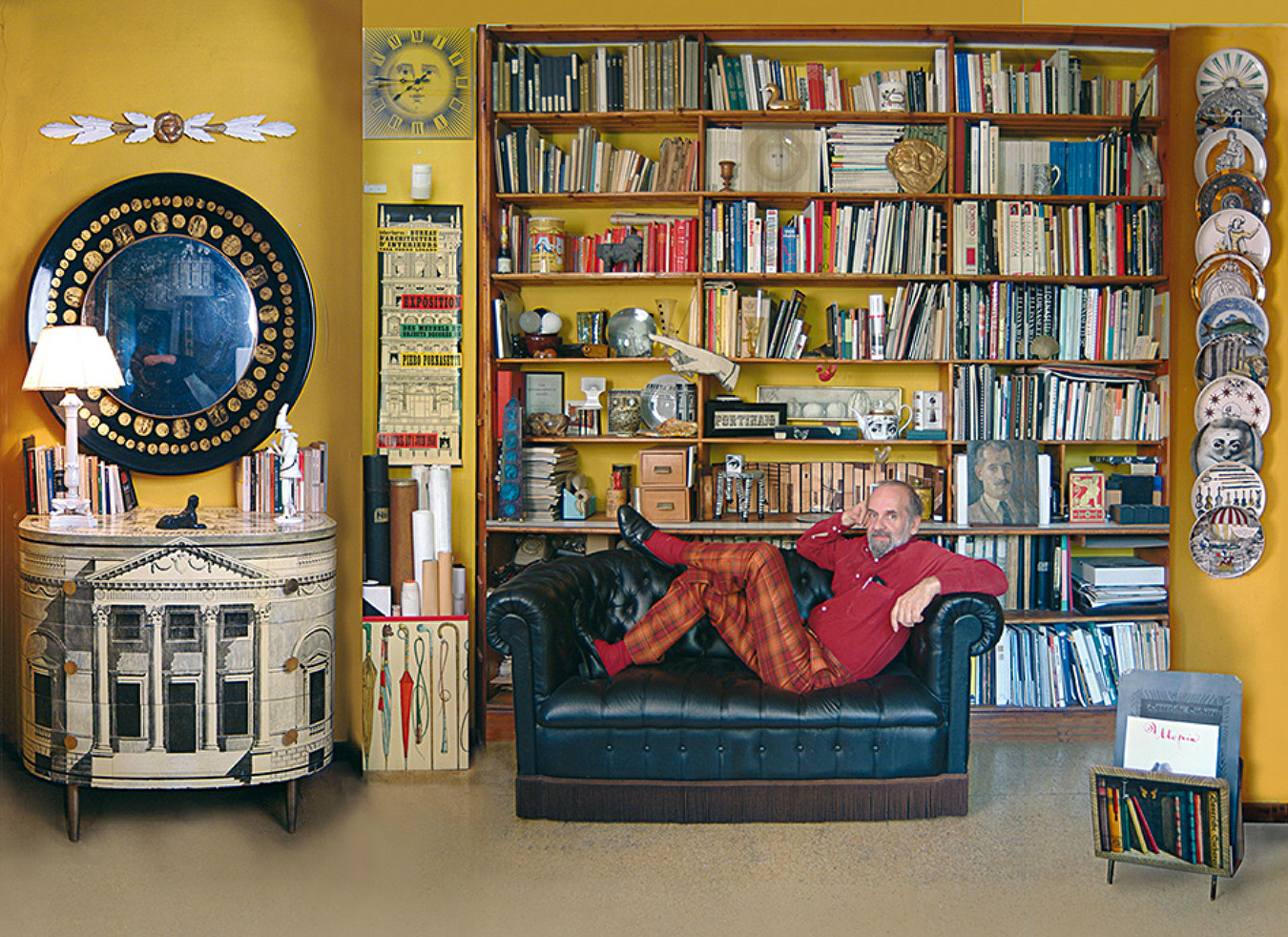The First Nations Filmmaker Exploring Trauma, Remembrance, and Recovery
For Toronto-based director Sean Stiller, filmmaking is about more than artistic expression—it is a process of self-discovery.
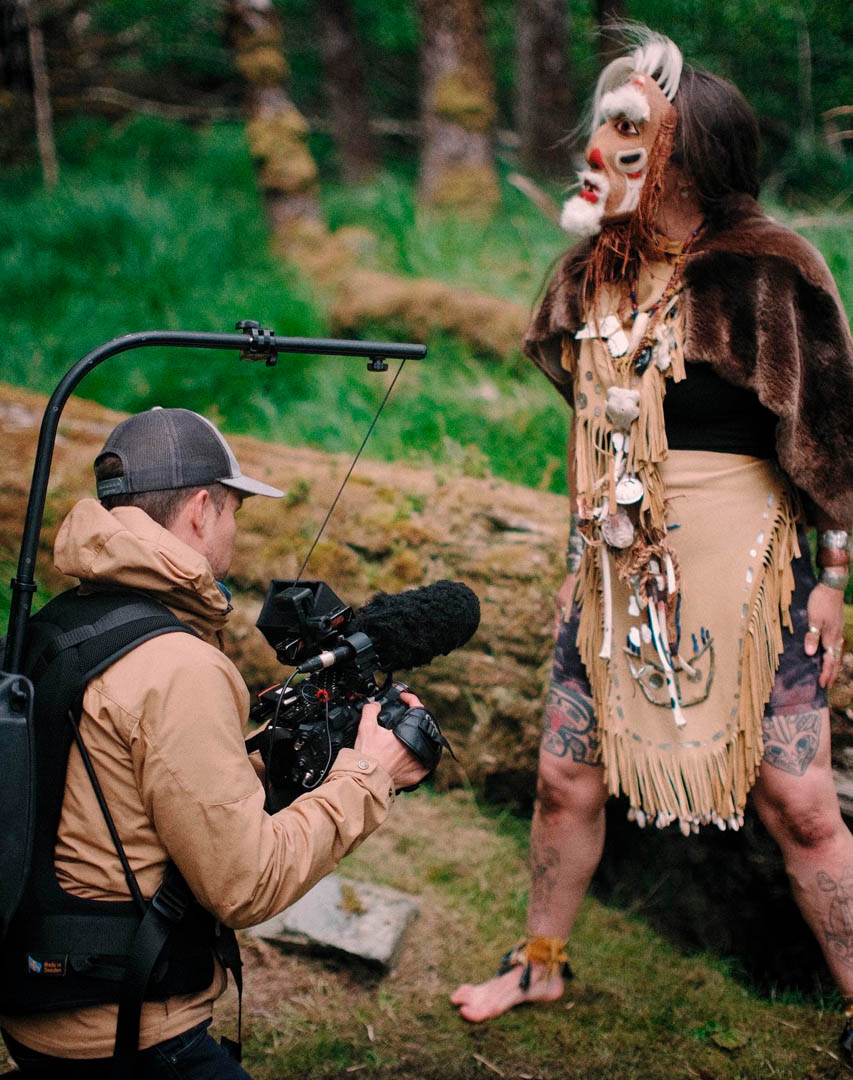
For Toronto-based director Sean Stiller, filmmaking is about more than artistic expression—it is a process of self-discovery. Stiller’s documentaries trace the lives of First Nations people, mostly in his home province of British Columbia, focusing on individuals whose lives form nexuses through which to view community and tradition and also the more impersonal but equally powerful forces of colonialism and environmental degradation that threaten deep-rooted ways of life.
Stiller began his journey as a filmmaker in his late 20s, attending Ryerson, now renamed Toronto Metropolitan University to disassociate it from its namesake, who helped develop the residential school system. Stiller’s work forefronts individual stories to understand societal traumas, from short films to Sephora campaigns to feature-length documentaries for the CBC. To “overlap human and nonhuman trauma,” in his short Kewku, a man recalls his experiences with alcohol and residential schools, with the camera alternating between close-ups of his face and the landscapes of B.C.
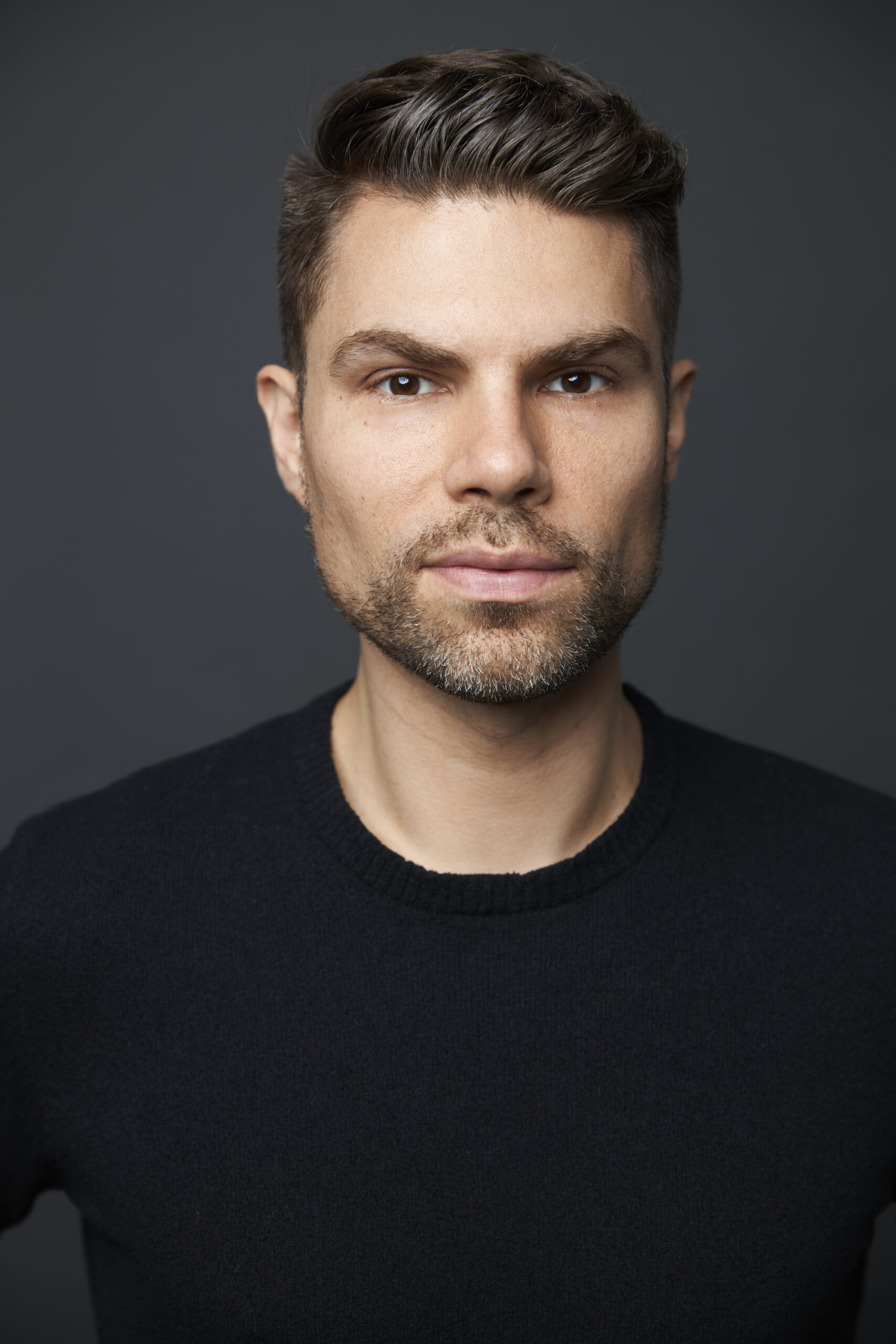
His acclaimed feature Returning Home follows Phyllis Webstad, the founder of Orange Shirt Day in remembrance of residential school survivors. In it, Webstad speaks to children and recounts to the camera her own traumatic experiences. Stiller tells her story while featuring dozens of people involved with salmon fishing and preservation, linking the loss of culture and violence of colonial cultural policy with the ongoing destruction of the salmon’s habitat and the economies that have thrived on fishing for generations. Throughout, he keeps the viewer focused on the unflinching humanity of the people he interviews. Stiller’s work is part of a generation of documentary filmmaking that prioritizes the lived experience of the subjects. He points to organizations like the Indigenous Screen Office, which is developing ethical frameworks for navigating sensitive stories. “We’re in an interesting moment in the film world,” he says. “People are trying to figure these things out in a more systemic way.” Additionally, Stiller is interested in finding techniques to better tell his stories, such as multiscene gallery installations that “mirror traditional land-based pedagogies” where people learn in slow and observational ways.
“There’s a level of narrative sovereignty,” Stiller says, emphasizing that the relationships he builds with communities ultimately guide the story. “I care for them deeply. I want to do right by them, and you have to always ask yourself: ‘Am I in a good relationship? Am I doing right by this person or the community?’ ”

